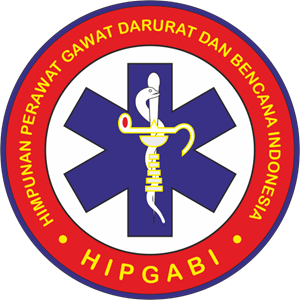Emergency Response Time and Its Determinants in the Quick Response Team in Surabaya, Indonesia
Downloads
Introduction: The response time in handling prehospital emergencies has not been fully optimal so that people still complain about it. Appropriate response time will reduce mortality and morbidity rates so that patient satisfaction can be met. The aim of this study was to describe the emergency response time and its determinants in the Quick Response Team (it is called "Tim Gerak Cepat”) Surabaya.
Methods: This research was a descriptive research design with a cross sectional approach. The population of the study were all nurses in Tim Gerak Cepat (TGC) at the Integrated Command Post Surabaya totaling 126 nurses and a sample of 96 respondents were taken by purposive sampling. The variables were abilities, skills, education, emergency training, length of service, and motivation of nurses as well as the response time in handling emergencies. Collecting data using a questionnaire and presented in descriptive analytics.
Results: The research results showed that the majority of respondents had high abilities (90.6%) and skills (93.8%). The majority of respondents had achieved a third diploma (D3) in nursing (82.3%) and had undergone basic emergency training (88.5%). Furthermore, more than half of the respondents had worked for more than 3 years (68.7%) and showed moderate motivation (51%). In general, the majority of respondents had a response time of ≤ 8 minutes (79.2%).
Conclusion: Nurses at TGC Surabaya actually have a good response time. This is supported by high capacity and skills in emergency situations, as well as educational background, including emergency training. But nurses still need to increase self-motivation. Further research can explore further what are the priority determining factors for emergency response time, especially in Surabaya as the 2nd largest city in Indonesia, in order to assist the government in making the best setting and organization at TGC Surabaya.
Copyright (c) 2023 Fahmy Dhio Wardhana, Priyo Mukti Pribadi Winoto, Nur Hidaayah, Iis Noventi

This work is licensed under a Creative Commons Attribution 4.0 International License.
1. The journal allows the author to hold the copyright of the article without restrictions.
2. The journal allows the author(s) to retain publishing rights without restrictions.
3. The legal formal aspect of journal publication accessibility refers to Creative Commons Attribution (CC BY).

















